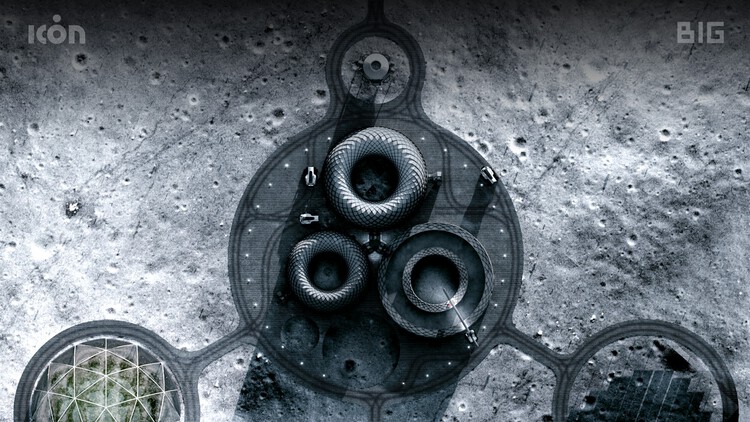During the opening keynote at the UIA 2023 World Congress of Architects, Bjarke Ingels, the lead and founder of BIG, shared insights into pressing global challenges along with the office’s distinctive approach to addressing them. After the conference, ArchDaily had the chance to sit down with Bjarke Ingel to further expand on these topics. The discussion touched on a number of subjects, including BIG’s approach to design, based on their principle of “Hedonistic Sustainability,” the meaning and opportunities behind this change in mentality, the inter-applicability of technological innovations across different fields and even across planets, and the need to develop a New European Bauhaus as a response to the emerging environmental necessities.





The discussion delved into one of the guiding concepts guiding BIG’s design approach: Hedonistic Sustainability. This is translated into the belief that a well-functioning and sustainable city is not only better for the natural environment but also for the people living there. The concept was first developed while working at the Copenhagen Harbor Bath when the demand for a clean and safe port and access to water was proven to be not only an environmental need but also an advantage for the general quality of life for the residents of Copenhagen. The same principle was later applied at the CopenHill Energy Plan and Urban Recreation Center, where a functional facility was enhanced by combining it with an urban park and sports facilities.

The notion of hedonistic sustainability is that sustainability won’t win if it isn’t better designed and more enjoyable to live in. – Bjarke Ingels
Related Article
This Hedonistic Sustainability principle is also inspired by the city of Copenhagen itself. While not being able to compete with other Scandinavian capitals in terms of natural beauty, Copenhagen provides its citizens with a carefully and thoughtfully designed environment. This integration of design principles, like creating a comprehensive bike infrastructure complete with taxi adaptations for carrying bikes or footrests for traffic stops, encourages its residents to make sustainable decisions by making those decisions easy through design.

The role that architecture can play is to give the unfair design advantage to the good cause. – Bjarke Ingels
Innovation and technology also play an important role in reaching these goals, combining the functional aspects of our built environment to desirable lifestyles and good quality of life. Bjarke Ingels exemplifies this by drawing comparisons with the idea of electric cars, which was an older concept but only gained recognition and became attractive once Tesla created a safe, fast, and beautifully designed version of it, forcing every other automobile maker to start making electric cars.


Certain projects demonstrate this idea, like BIG’s collaboration with Austin-based 3D-printing company ICON. Together, they are working on building affordable homes in Yukatan and mid-market homes in Texas, but also using the same 3D-printing technology to develop the first structures to be built on the Moon, using Moon dust as the base construction material. This new technology is necessary to be able to build on other celestial bodies, but once developed, it will also improve our building abilities here on Earth.

This idea of the New Bauhaus being mobilized by energy transformation and environmental performance in the built environment is, in a way, how the original Bauhaus movement managed to take the newly available apparatus of producing at an industrial scale and applying art and design to make those industrial capabilities work to improve the life quality of many. – Bjarke Ingels
This confluence between technology and design also led to a discussion on the need to develop a New European Bauhaus. This concept takes inspiration from the Bauhaus movement to learn to readapt out technological capabilities and, through the influence of design and architecture, employ them in the effort to create a better quality of life and a more sustainable way of living within or environment. In the practice of BIG, one such example is the Joint Research Center Site Headquarters in Seville, Spain, which creates an aesthetic and recognizable image while creating more energy than the building needs to function optimally. This showcases how the necessity to create sustainable practices is transformed into “an opportunity to explore new architectural languages.”

With a grand congregation of more than 6,000 participants hailing from 135 nations, the UIA World Congress of Architects 2023 served as a pivotal platform for discussions centered around the theme “Sustainable Futures – Leave No One Behind.” The event concluded with the unveiling of the 10 Copenhagen Lessons to underline the strategic principles needed to synchronize global building practices with the United Nations’ 17 Sustainable Development Goals. The city of Copenhagen has also been named the 2023 UNESCO World Capital of Architecture, further emphasizing its global role through a series of architecture-related events held throughout this July.


